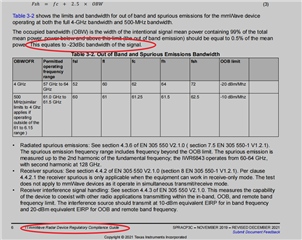Tool/software:
I have used the IWR6843 radar to meet the EN 305 550 standard, where the out of band domain limit is -20dBm/MHz. The measured power density of my radar is -6dBm/MHz. The reason is that the radiation power of the chip cannot be rapidly reduced at FH FL. Do you have any solutions from TI?
My actual measurement chart is as follows: clearly exceeding -20dBm/MHz. However, after reviewing the certified image of TI's DEMO board, I found that TI's certification selection of FH FL conflicts with regulations. EN305550 explicitly requires the captured frequency point to be at 99% of the operating frequency, but the frequency point of the door in TI's report is -30dB. Isn't this correct???
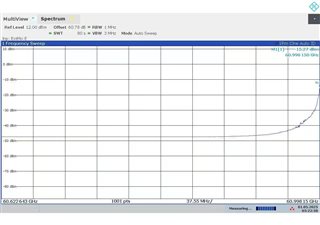 (My actual measurement chart)
(My actual measurement chart)
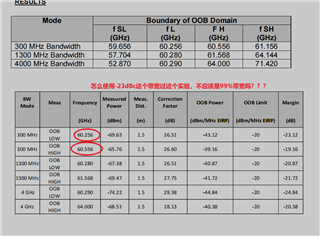
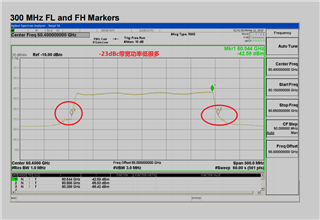
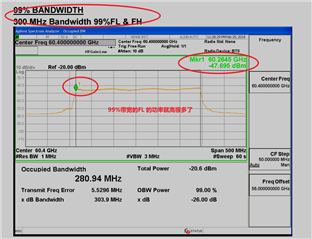 (TI demo)
(TI demo)
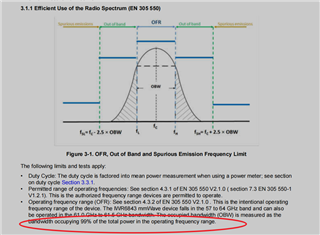 (EN305550 requirements)
(EN305550 requirements)


